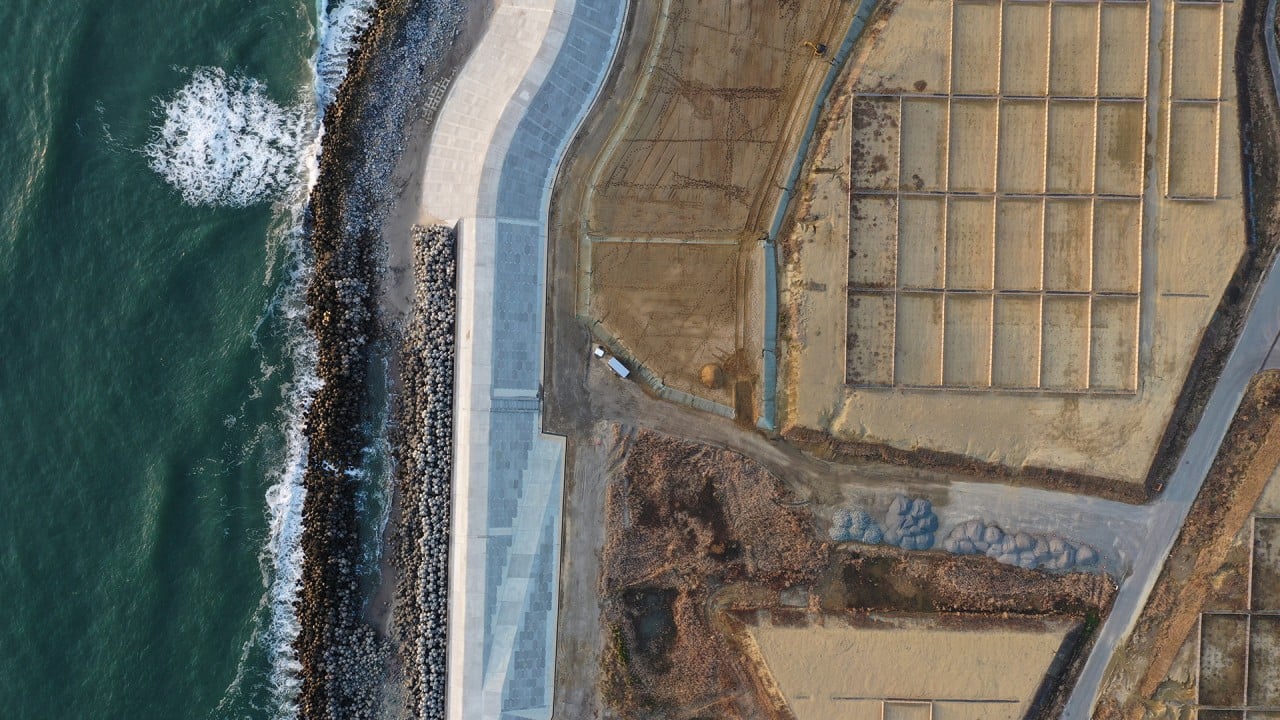Editorial | Remember Fukushima as China pushes for safe nuclear power
- Ten years ago a triple disaster struck northeast Japan that forced many countries to rethink their energy needs and generation methods

The triple disaster that struck northeast Japan a decade ago today is a flashbulb memory. So vivid was the news of the earthquake and tsunami and consequential the meltdown of three nuclear reactors in Fukushima that many of us can still recall exactly what we were doing at the time.
The catastrophe awoke Japanese to government negligence and poor safety standards. Tough lessons have been learned, but the reluctance to trust atomic energy that has spread to many developed parts of the world bodes ill at a time when the climate is in crisis and there is no more reliable means to cut temperature-raising emissions.
Nuclear reactors provide about 10 per cent of the world’s electricity, but the Fukushima accident sparked a surge in concerns about safety that persist. Coupled with high construction costs and low prices for fossil fuels, there has been a global slowdown in the development of nuclear energy over the past decade, with more closures than start-ups of plants.
Days after the disaster, Germany announced it would shut all reactors by next year; Belgium and Switzerland aim to phase out theirs and programmes are frozen or being scaled back by numerous governments.

04:52
10 years after the Fukushima nuclear disaster, survivors are hopeful but worried
Developing countries are pushing to expand the sector, though; China is in the vanguard with ambitious plans to boost capacity by 27 per cent by the end of 2025, a necessity if it is to stay on track to meet climate change targets.
